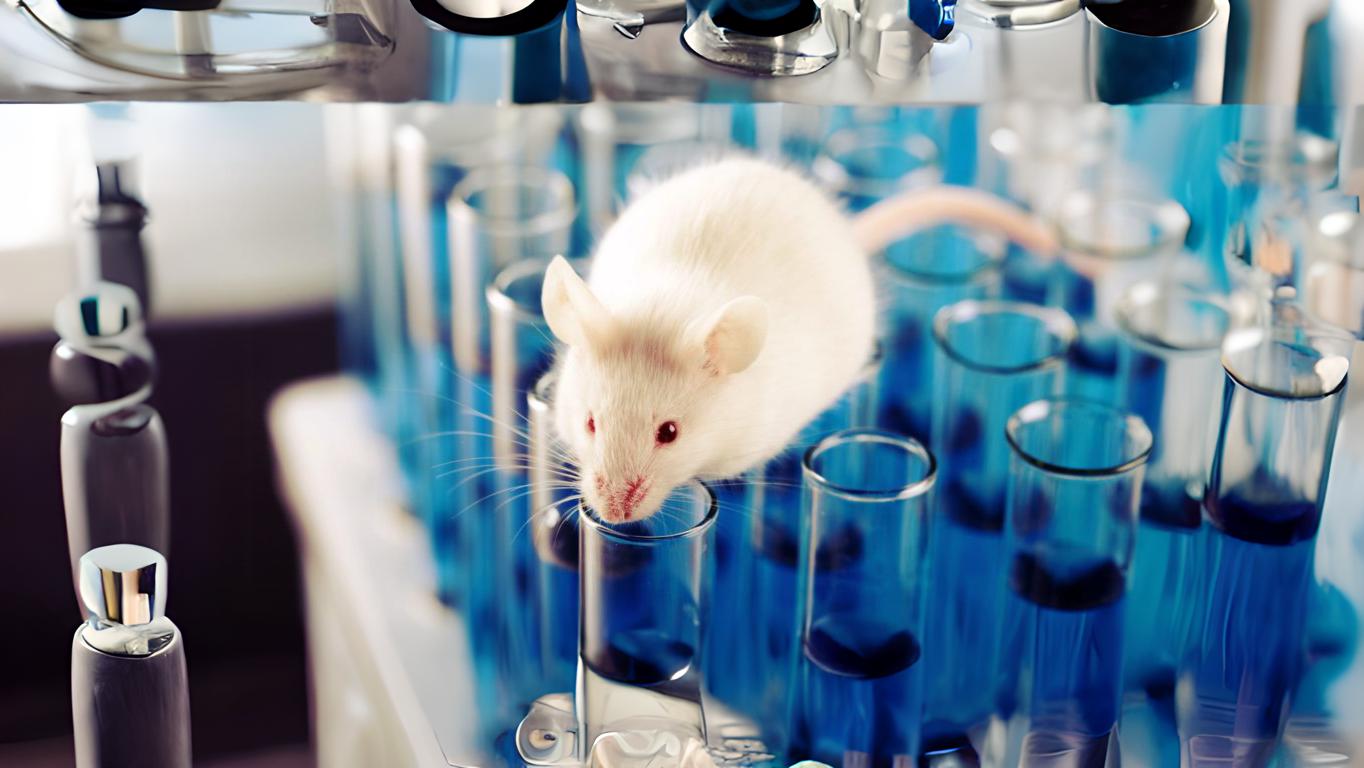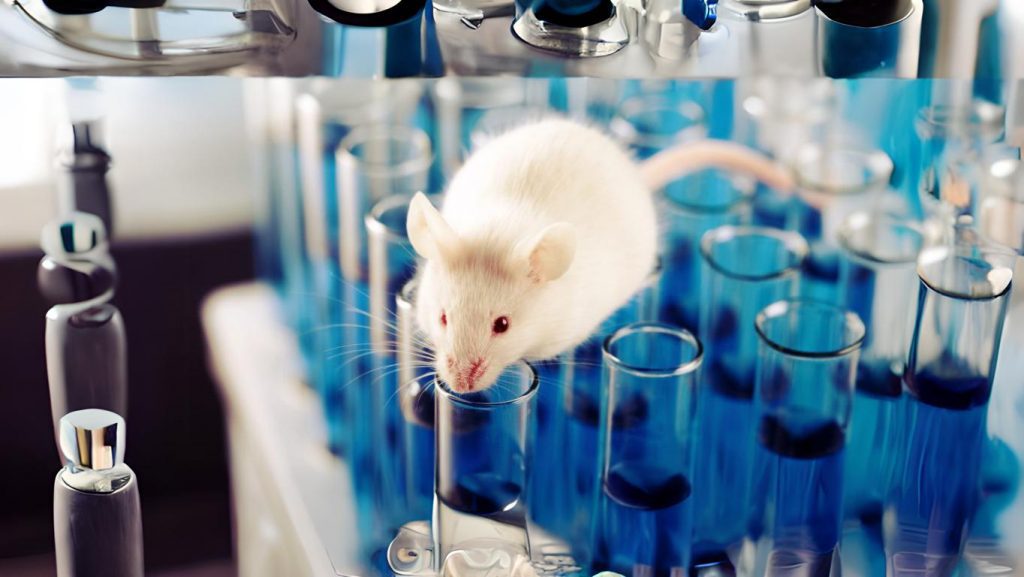Challenges of Modelling Human Disease – Optimising Target Validation
 3 years ago
By Charlotte Di Salvo
3 years ago
By Charlotte Di Salvo

The complexity of the human body presents a challenge when choosing a model that is translatable and can also be manipulated for target validation. In addition to the popular animal models, recent innovations in computational biology has seen significant advancements in modelling human disease.
For daily articles on the latest pharma trends and innovations, as well as interviews with leading experts and in-depth industry White Papers, subscribe to PharmaFeatures.com.
Modelling human disease
In research and development, scientists rely on modelling human diseases to further understand and identify therapeutic targets. Due to obvious ethical implications, experiments on humans are not an option, hence the need for alternative models.
A multitude of factors need to be considered when choosing a model to accurately reflect human pathology. For animal models, factors include the numbers of animals needed in terms of financial upkeep and maintenance, the ability to apply genetics, and of course, the translatability to human diseases. In addition to translatability, another key factor is that the model can be harnessed for drug discovery. The pathology of the disease model often reveals molecular targets for treatment, also known as target validation.
Target validation is a crucial component in drug discovery. Most drugs work to block the action of a specific target protein. However, to be certain that a particular protein is a key part of the diseases’ pathology, it must undergo a validation process. This process typically takes two to six months. It involves “the application of a range of techniques that aim to demonstrate that drug effects on the target can provide a therapeutic benefit with an acceptable safety window”. This is an important stage in drug development that relies heavily on accurate models that are representative of human disease.
Rationale of animal models
Animal models are fundamental in biological research. In addition to aiding our understanding of complex diseases, they have contributed to drug development for a multitude of human disorders. In oncology for example, animal models have been a powerful tool in understanding the biology of different cancer types and investigating the genetic and epigenetic changes in human tumours. Understanding the genetic alterations in cancer pathology has led therapeutic advancements like cell and gene therapy, which has developed from genetic manipulation in animal models.
Animal models allow the investigation of disease pathology in terms of biological pathways, molecular mechanisms, and potential drug targets. The ability to interact with and manipulate animal models allows researchers to better understand the effects of various drugs on different disease states. Small animals like rodents for example, are often used to screen vast numbers of drug candidates for potential efficacy in addition to potential toxicity. In vitro studies are an example of a type of animal model. They primarily investigate the pathology of a disease at a cellular level, using techniques like cell cultures or electrophysiology.
In vitro studies have been key in the research of SARS-CoV-2, which has used many different animal models. A 2020 review highlights how a multitude of small and large animal models have been used to replicate the pathology of COVID-19 in humans. The aim, of course, is to test therapeutic treatment on these models. A 2020 study referenced in the review demonstrated how experiments with transgenic mice resulted in the animals showing “weight loss, virus replication in the lungs, and interstitial pneumonia”. The similarity of symptoms to COVID-19 in humans suggests good transability which is an important step forward in drug discovery through target validation.
The extensive application of animal models in research has led to the development of models with fewer side effects, lower mortality rates, and better translation to human pathology. One example is the RISE (reduced intensity status epilepticus) model. Developed by Gavin Woodhall at Aston University, this rodent model of epilepsy addresses one of the main problems with animal models in epilepsy – high mortality rates. In a 2016 study by Gavin Woodhall, the team presents an “optimised model of chronic epilepsy that reduces mortality to 1% whilst retaining features of high epileptogenicity and development of spontaneous seizures.”
Innovations in artificial models of human disease
Advancements in computational biology have enabled modelling and the simulation of organic models. An example of such modelling is in silico. In silico modelling is a computer simulation of pharmacological or physiological processes. Through mathematical algorithms, these models can test hypotheses of the mechanisms underlying a disease. Bioinformatics facilitate the pattern recognition, statistical modelling and data extraction that in silico models rely upon. In silico models are typically used to complement experimental research (e.g., animal models), rather than replace them.
In silico modelling has already been used to predict novel therapeutic targets in research. A 2017 study trained four different mathematical models to evaluate partially labelled data for potential genetic targets. These identified gene targets were then validated by a scientific literature search to support the best performing model. The study notes that their “in silico approach shows that data linking genes and diseases is sufficient to predict novel therapeutic targets effectively and confirms that this type of evidence is essential for formulating or strengthening hypotheses in the target discovery process.”
This supports a more rapid, automated process of target validation, potentially to reduce the cost and time scale of the overall drug development process. Computational and mathematical modelling has also become a critical part of understanding the dynamics of infectious diseases. In a 2020 review of computational modelling, it is emphasised one key advantage is the ability to model infectious diseases on multiple scales. With the correct mathematical specifications, a computational model can understand the cellular dynamics of a pathogen at an intracellular scale through to the impact at a population level. This is crucial in the context of pandemics, to aid our understanding of how diseases can be halted and prevented on a global scale.
To discuss these topics further with sector experts, and to ensure you remain up-to-date on the latest in clinical development, sign up for Proventa International’s Medicinal Chemistry and Biology Strategy Meeting, set for 29 June 2021.
Charlotte Di Salvo, Junior Medical Writer
Proventa International

Navigating the Complex World of Global Regulatory Affairs in Oncology
In today's fast-paced global pharmaceutical landscape, the regulatory affairs sector plays a pivotal role in ensuring the safety, efficacy, and market access of oncology drugs. As the demand for innovative cancer therapies continues to grow, understanding the intricacies of global...
8 months agoNavigating the Complex World of Global Regulatory Affairs in Oncology
In today's fast-paced global pharmaceutical landscape, the regulatory affairs sector plays a pivotal role in ensuring the safety, efficacy, and market access of oncology drugs. As the demand for innovative cancer therapies continues to grow, understanding the intricacies of global...
8 months ago
Overcoming the Hurdles: Navigating the Challenges in Oncology Clinical Trials
In the world of medical research, oncology clinical trials are at the forefront of innovation and discovery. These trials play a crucial role in advancing our understanding of cancer and developing more effective treatments. However, the path to successful oncology...
8 months agoOvercoming the Hurdles: Navigating the Challenges in Oncology Clinical Trials
In the world of medical research, oncology clinical trials are at the forefront of innovation and discovery. These trials play a crucial role in advancing our understanding of cancer and developing more effective treatments. However, the path to successful oncology...
8 months ago
Embracing a Patient-Centric Approach in Oncology Trials
In the realm of healthcare and medical research, the term "patient-centric" has gained significant traction in recent years. This shift in focus towards prioritizing patients' needs and preferences is not only transforming the healthcare industry but is also making waves...
8 months agoEmbracing a Patient-Centric Approach in Oncology Trials
In the realm of healthcare and medical research, the term "patient-centric" has gained significant traction in recent years. This shift in focus towards prioritizing patients' needs and preferences is not only transforming the healthcare industry but is also making waves...
8 months ago